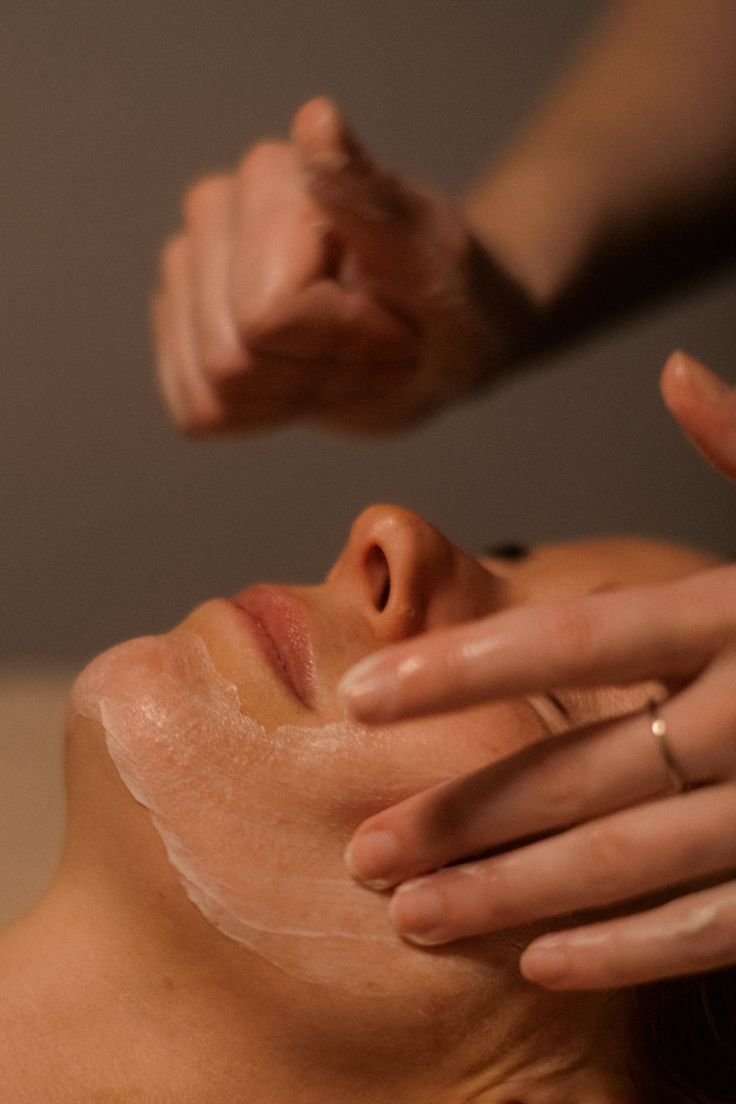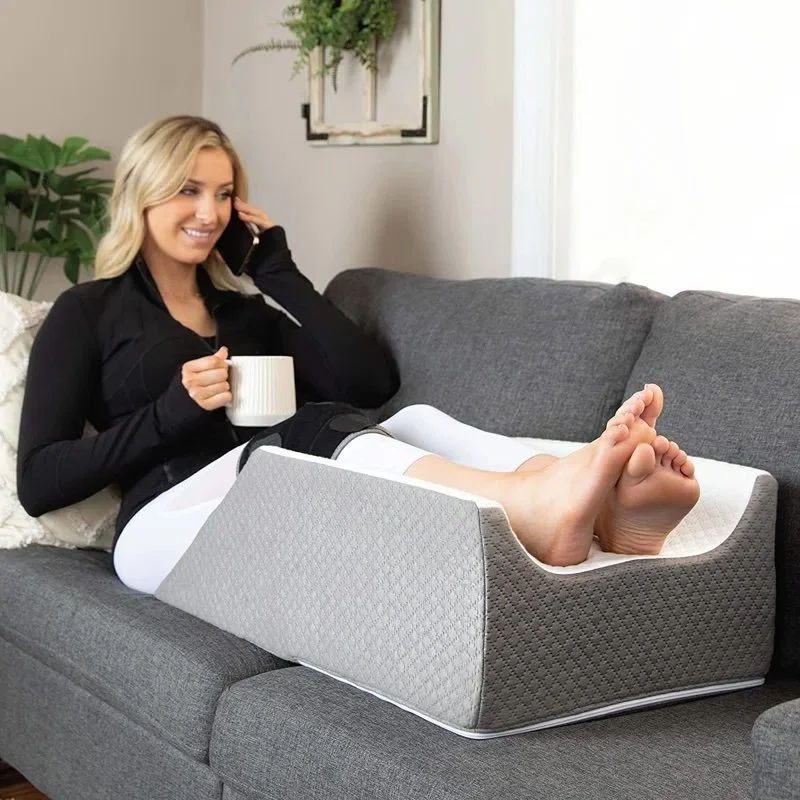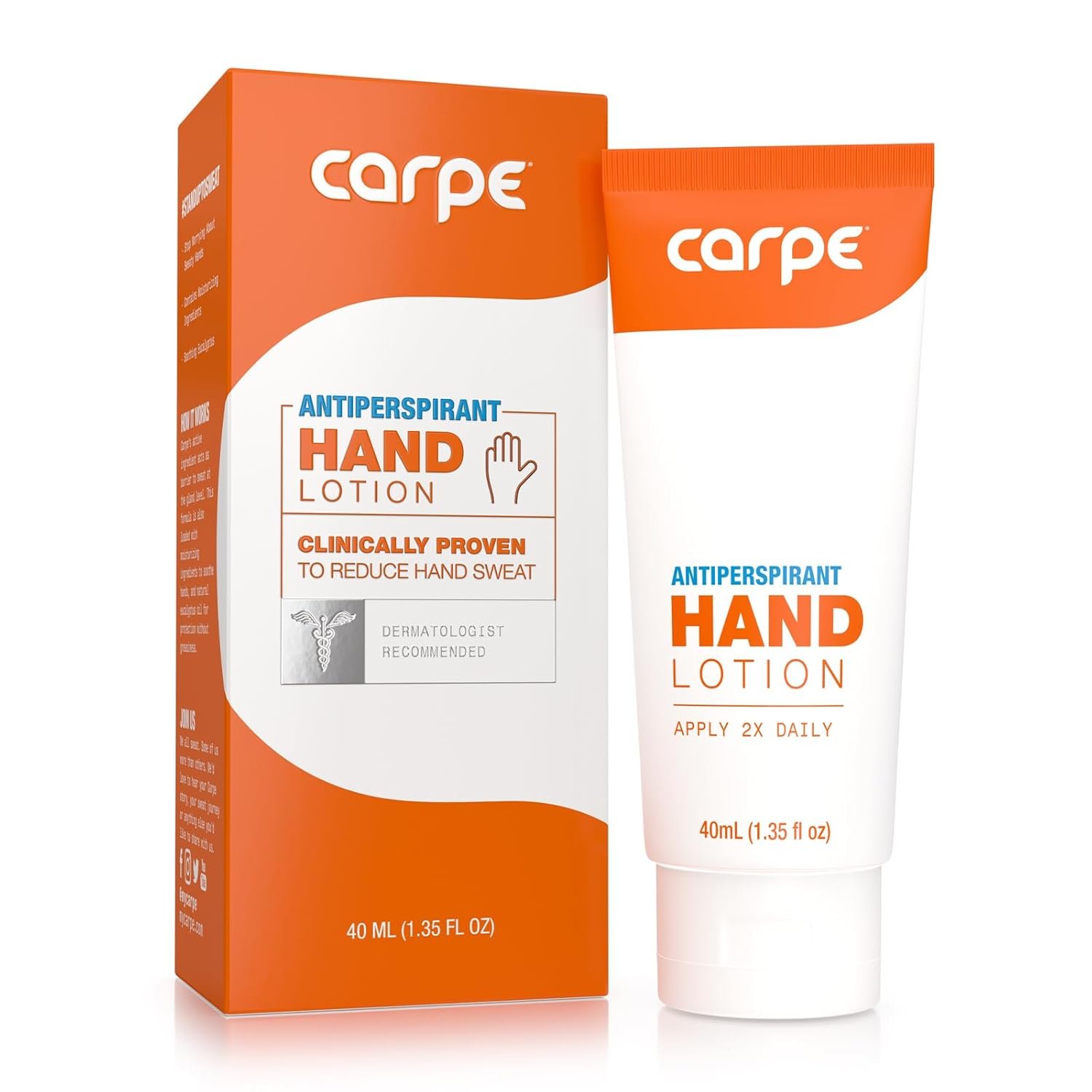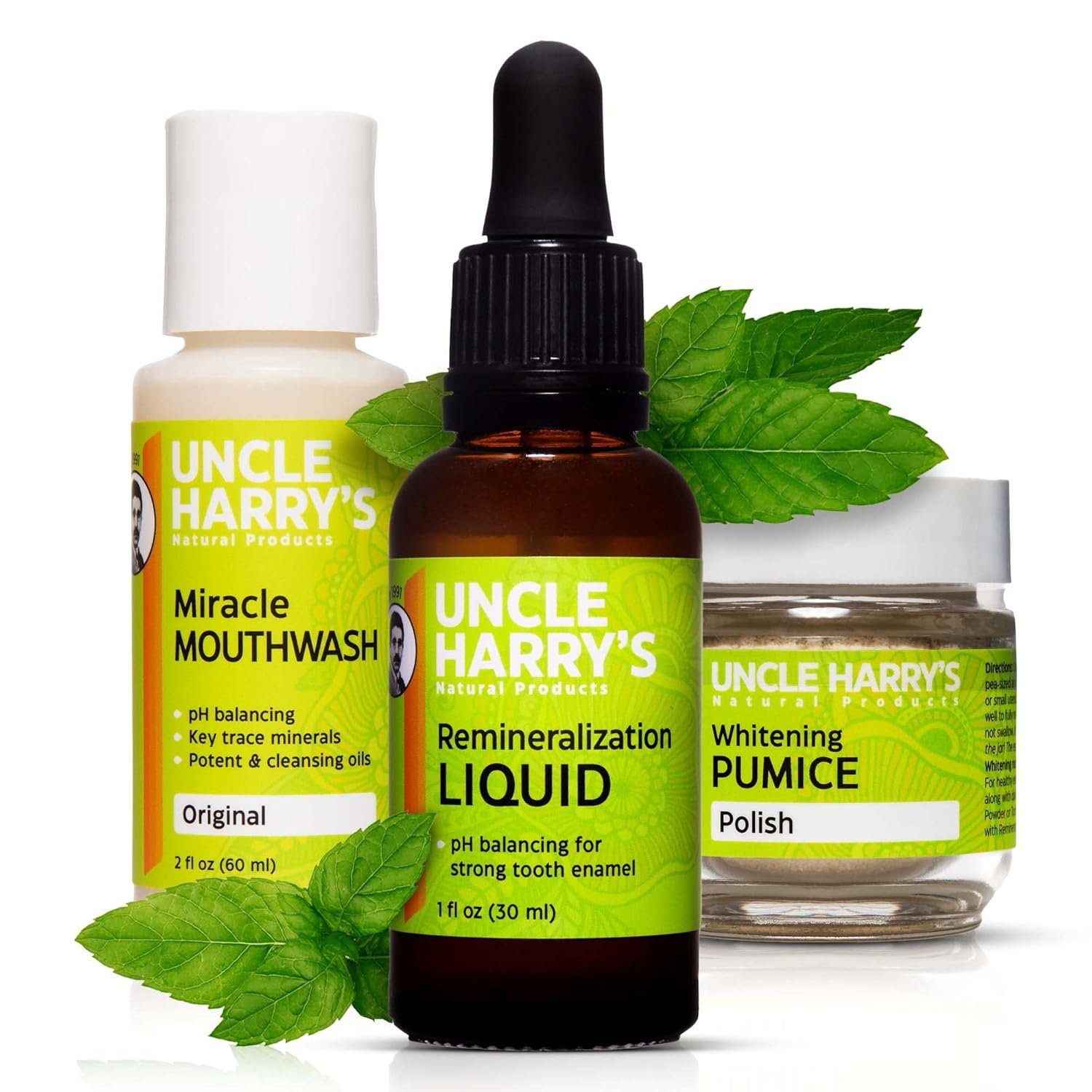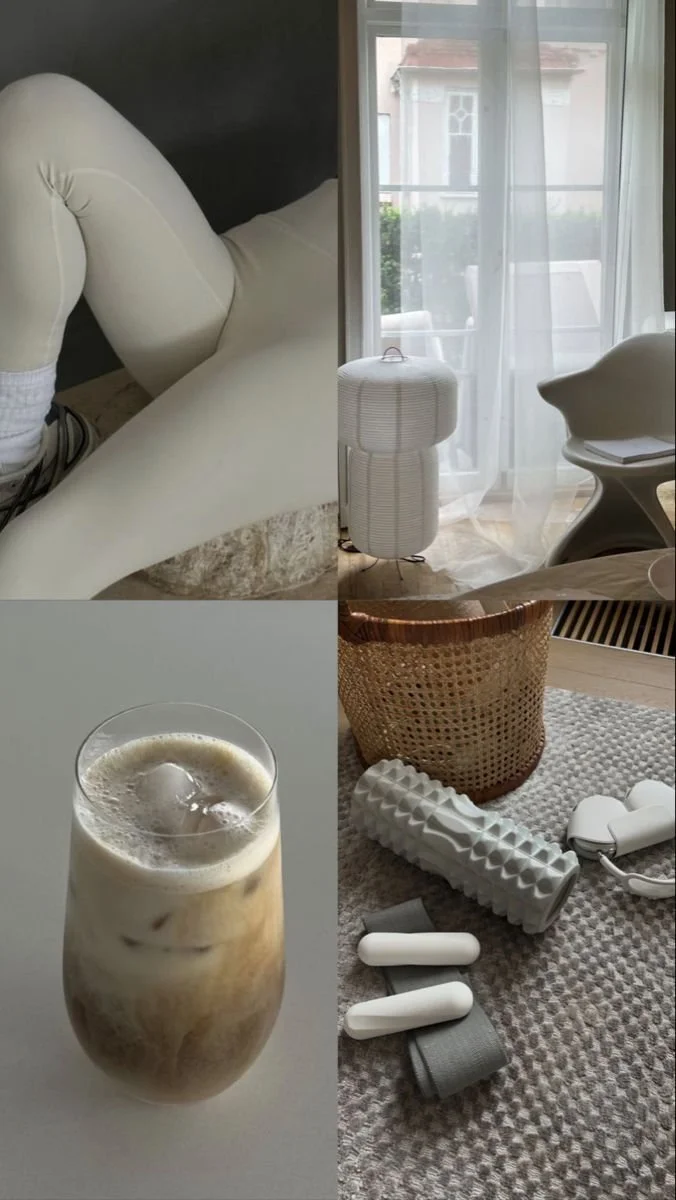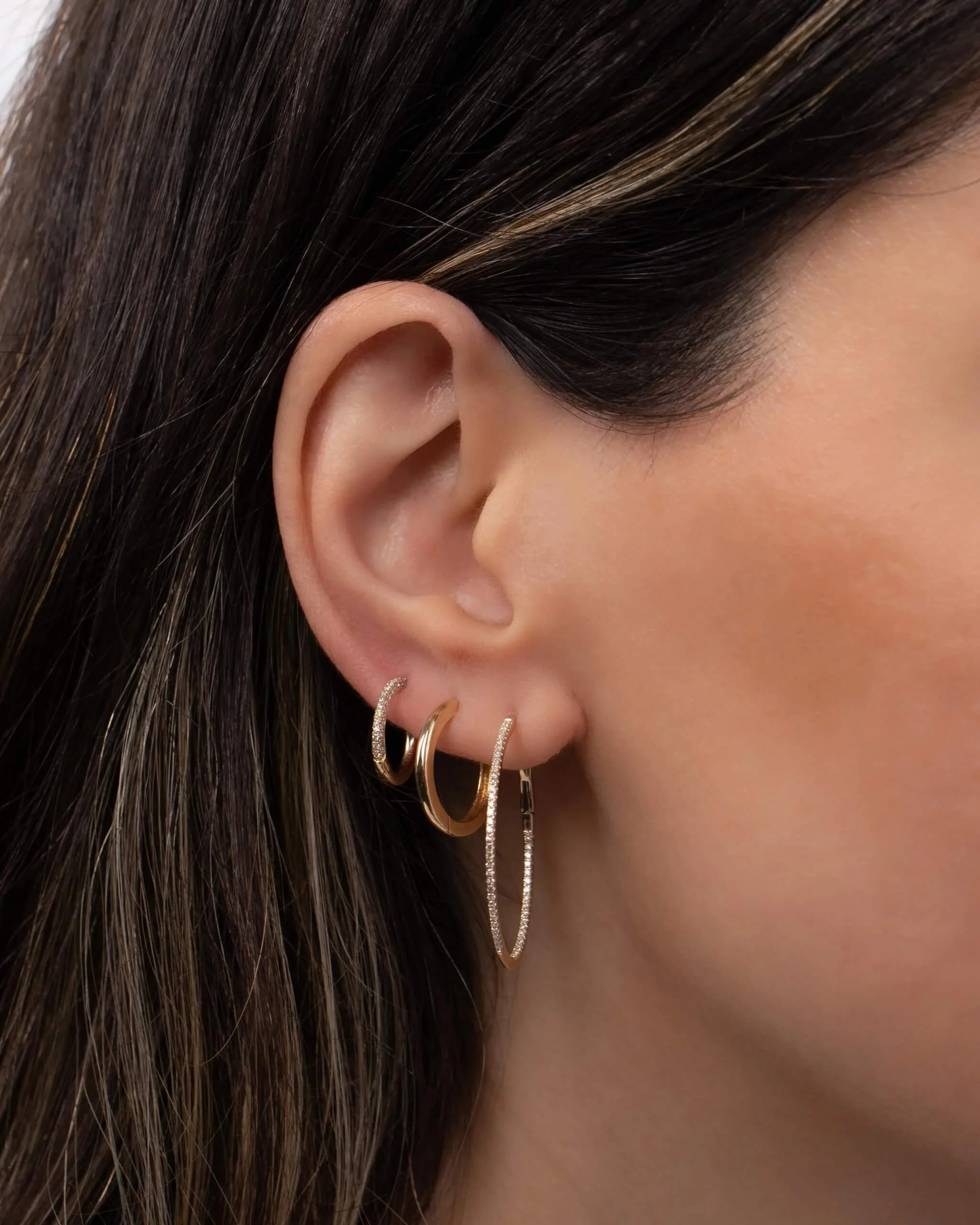Choosing a dentist is a vital decision, one that impacts your long-term oral health and overall well-being. Finding the right fit can make regular visits enjoyable and help ensure you receive quality care.
In Fort Worth, with a wide array of dental professionals available, making the best choice might seem challenging. In this guide, we help you find a dentist that meets your needs, keeping you and your family smiling with confidence.
No. 1
Consider the Dentist’s Credentials and Experience
When choosing a dentist in Fort Worth or anywhere for that matter, it’s essential to check their credentials and experience. Look for a dentist who holds a Doctor of Dental Surgery (DDS) or Doctor of Dental Medicine (DMD) degree, as these indicate they’ve completed an accredited dental program.
You can usually find this information on the practice’s website or by asking the office directly. Experience matters too; dentists with a longer track record may have honed their skills across various procedures, which is particularly beneficial if you anticipate more complex treatments in the future.
If you’re interested in specific treatments, such as cosmetic or pediatric dentistry, look for a dentist with specialized experience in that area. Many Fort Worth dentists offer information on their certifications and additional training on their websites or are happy to provide this upon request.
No. 2
Evaluate the Range of Services Offered
Not all dental practices offer the same services, so it’s wise to consider your current and future dental needs. Basic services, such as routine check-ups, cleanings, and fillings, are typically offered by general dentists, but you may want access to additional treatments like orthodontics, dental implants, or cosmetic procedures. Choosing a dentist who offers a broad range of services can be a significant benefit if your needs change over time, as it allows you to remain with a familiar provider for various treatments.
Fort Worth has many practices that offer specialized services, including sedation options for patients who may feel anxious during dental visits. Opting for a dentist with a versatile range of treatments can make dental care more convenient and streamlined.
No. 3
Research Office Location and Hours
The location and hours of a dental practice can make a considerable difference in your experience, especially for busy professionals and families. Look for a dentist whose office is conveniently located near your home or workplace in Fort Worth. Accessible parking and public transportation options can also add convenience.
Office hours are equally important. Many dental practices in Fort Worth now offer flexible scheduling, including early morning, evening, and weekend appointments, making it easier to fit a visit into your routine. Be sure to check if the office has a policy for accommodating emergency appointments, as dental issues sometimes arise unexpectedly.
Zellie’s
Keep your smile fresh and healthy with Zellie’s Dental Mints—deliciously crafted with 100% xylitol to protect your teeth and fight cavities, anytime, anywhere.
No. 4
Assess the Office Environment and Staff Friendliness
The atmosphere of a dental office can significantly influence your comfort level. A welcoming environment, with friendly and knowledgeable staff, helps to ease anxiety and ensure a pleasant experience. It can be helpful to schedule a visit or consultation before committing to any services to see firsthand how the office operates.
Notice the cleanliness of the facility, the professionalism of the staff, and whether the team is attentive and approachable. Many practices in Fort Worth pride themselves on creating a family-friendly environment, with amenities like TVs in exam rooms, kid-friendly areas, and comfortable seating. Choosing a practice where you feel at ease will make it easier to stick to regular appointments.
No. 5
Check for Technological Advancements
Modern dental technology can enhance both the effectiveness and comfort of treatments. Many Fort Worth dental practices invest in advanced technology, such as digital X-rays, 3D imaging, and laser dentistry, which can provide a more comfortable experience and improve diagnostic accuracy. Digital records, intraoral cameras, and minimally invasive procedures are examples of how technology can make visits more efficient and enhance your understanding of your dental health.
While advanced technology doesn’t replace skill and experience, it can certainly complement it, so consider whether these innovations are important to you. A dentist who keeps up with technological advancements demonstrates a commitment to providing the best care possible.
No. 6
Understand Insurance and Payment Options
Dental care is a worthwhile investment, but affordability matters. When choosing a Fort Worth dentist, make sure the office accepts your insurance plan if you have one. Some practices also offer in-house membership plans, which can be a good option if you’re uninsured, providing discounts on routine treatments for a yearly fee.
Clarify payment policies, especially for more extensive procedures. Many Fort Worth dental practices offer financing options, such as third-party credit or payment plans, allowing you to manage costs over time. Discussing these options beforehand can prevent financial stress and make it easier to receive timely care.
No. 7
Read Reviews and Seek Recommendations
Online reviews provide valuable insights into others’ experiences with a particular dentist. Check platforms like Google, Yelp, or the Better Business Bureau to get a sense of patient satisfaction. Look for patterns in reviews that highlight aspects important to you, such as friendliness, efficiency, or the dentist’s approach to explaining treatments.
Recommendations from friends, family, or coworkers in Fort Worth can also be helpful. Personal referrals often come with detailed insights that online reviews might not capture, providing a more personalized view of the dentist’s strengths and office environment.
No. 8
Make a Preliminary Visit
Once you’ve narrowed down your options, consider scheduling a preliminary visit or consultation. This meeting is a great opportunity to discuss any specific concerns you may have, ask questions about the dentist’s approach, and see if you feel comfortable with their style and recommendations. Many Fort Worth dentists offer initial consultations, especially for new patients, giving you a chance to ensure they’re the right fit before any major treatment.
During this visit, pay attention to how well the dentist listens to your concerns and explains your options. Feeling respected and heard is essential for a successful patient-dentist relationship, and a preliminary visit allows you to gauge whether the dentist prioritizes your comfort and individual needs.
Takeaways
Choosing a dentist in Fort Worth is about more than just proximity or services—it’s about finding a provider who aligns with your values, needs, and comfort level. By evaluating credentials, range of services, office environment, and reviews, you can find a dentist who not only meets your practical needs but also provides a welcoming space for long-term care. Taking the time to find the right dentist ensures you and your family can maintain great oral health, confidently and comfortably, for years to come.
Looking for Wellness Resources?
Are you looking to enhance your wellness routine? Explore our wellness partners who offer a wide range of resources to support your journey toward holistic living and well-being.










































